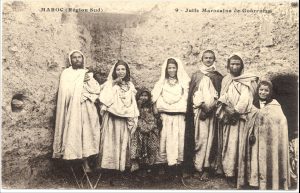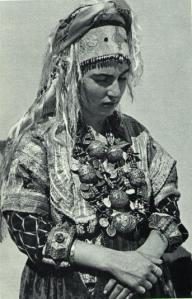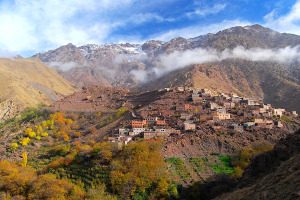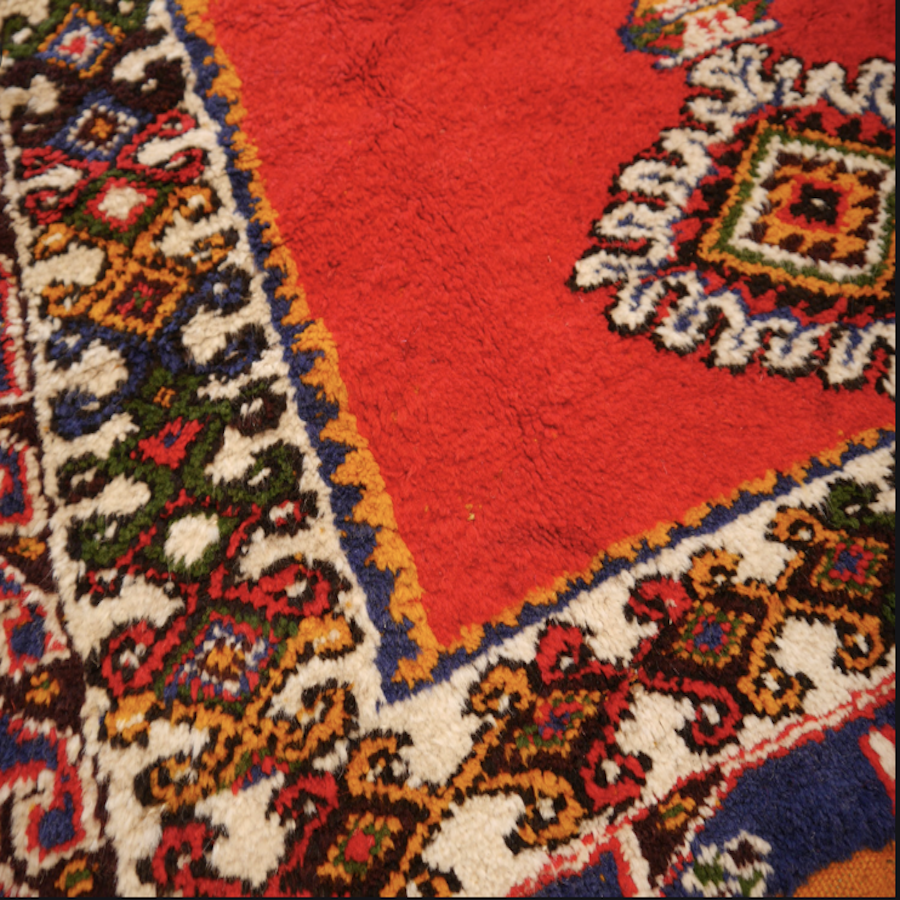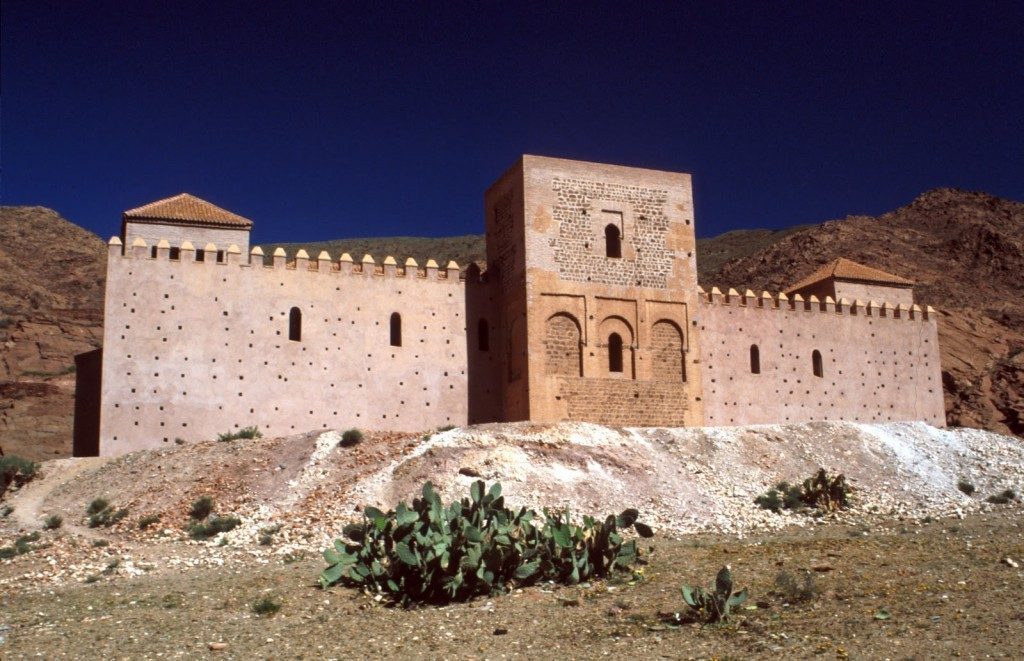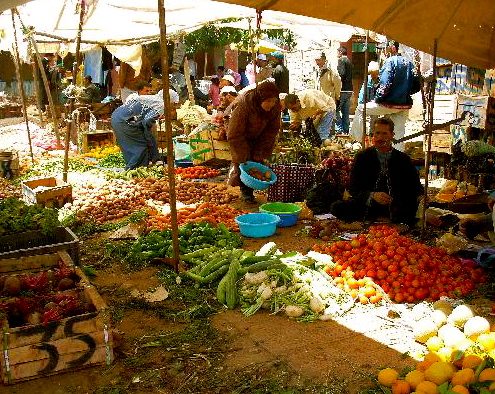Morocco has had a long Jewish history, dating back thousands of years. The complex relationship between the Jewish and Berber tribes resulted in Jewish Berber tribes living side by side and the Jewish inhabitants also lived in close proximity to the Arabic society.The development of Jewish populations in the rural south developped differently from the urban jewish populationswhoere busines men and skilled craftsmen. Following Morocco’s independence and the growing strength of the state of Israel most of Morocco’s jewish population chosetomove to Israel as their homeland or to other communities around the world.A few thousandremain in Morocco but memories of ashared heritage live on.
Morocco has an ancient tradition of jewelry craftsmanship which continues today. Morocco’s Jewish population grew over many centuries and they were the artisans who created the jewelry as the muslims for religious reasons would not work with silver and gold.The jews and the berbers intermarried and there were a number of jewish berber tribes.
Trekking and climbing in the Atlas Mountains and Toubkal National Park is increasingly popular,catering for all levels of fitness and available for short trips or extended treks over a period of several days.It is an opportunity to see the Atlas mountains and its people, it is by far the most beautiful of Morocco’s diverse countryside, still largely unchanged from the time when it was remote and cut off from the ouside world.
The Medina Gardens of Fes make for the perfect Fes Tour to compliment this UNESCO…
Tin Mal is 100 kms from Marrakech just past the village of Ijoukak on the road to Taroudant in the High Atlas Mountains. It was the spiritual home of the Almohads, who went on to conquer Marrakech defeating the ruling Almoravids and then creating an empire that stretched from all of what we know as the Maghreb, southern Portugal and Spain and part of Africa.
Many visitors to Marrakech also enjoy excursions into the nearby countryside to experience the life of the surrounding Berber villages and towns and the communities in the Atlas Mountains. After the excitement of the souks in Marrakech and the hub bub of the city the silence and the beauty of the countryside is a pleasant contrast. One popular destination is Amizmiz where the local souk takes place every Tuesday. A Visit to Amizmiz is an opportunity to browse a real Berber market which is usually cheaper than Marrakech. Many artifacts and carpets and kelims are available and if younegotiate well you may geta better price than in Marrakech. It’s a good idea to check out prices in the souk in Marrakech first. Amizmiz is 55 kilometers south of Marrakech at the foot of the High Atlas mountain range. It is a small town of some 11,000 population and the local souk plays an important role in the economic life of the surrounding villages. Berber farmers bring their local produce and animals and buy goods from Marrakech, so its good to see how the countryside interacts with the city. Marrakech still has its vegetable and fruit markets and farmers come from the surrounding area.
Ouarzazate has always been a cultural meeting place and melting pot for the various peoples…

